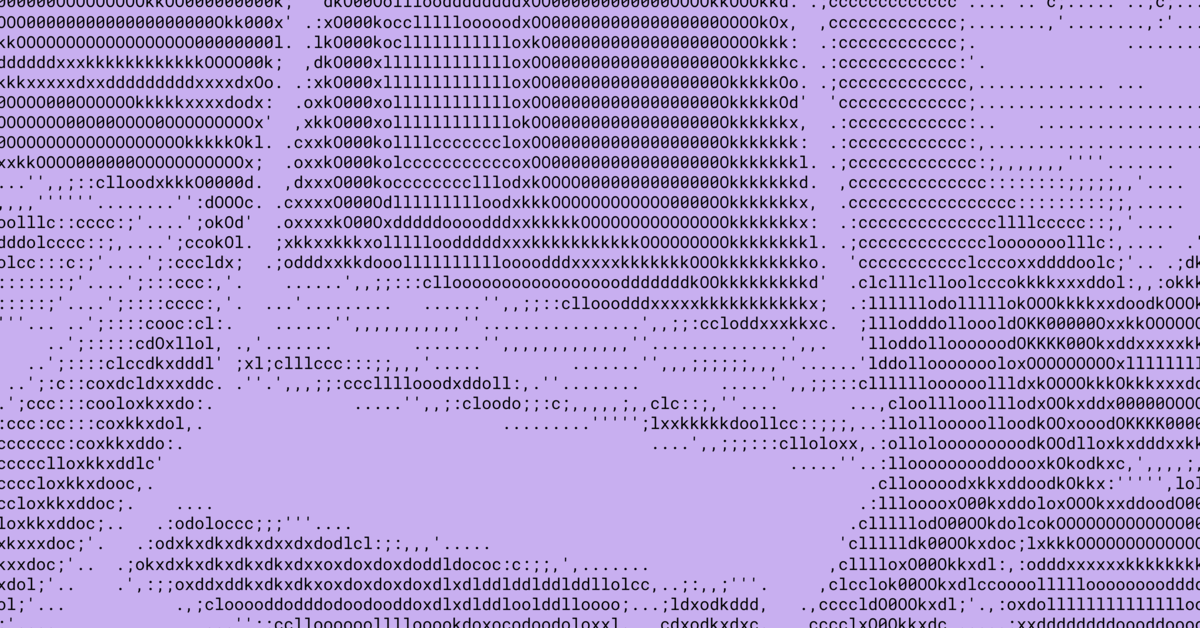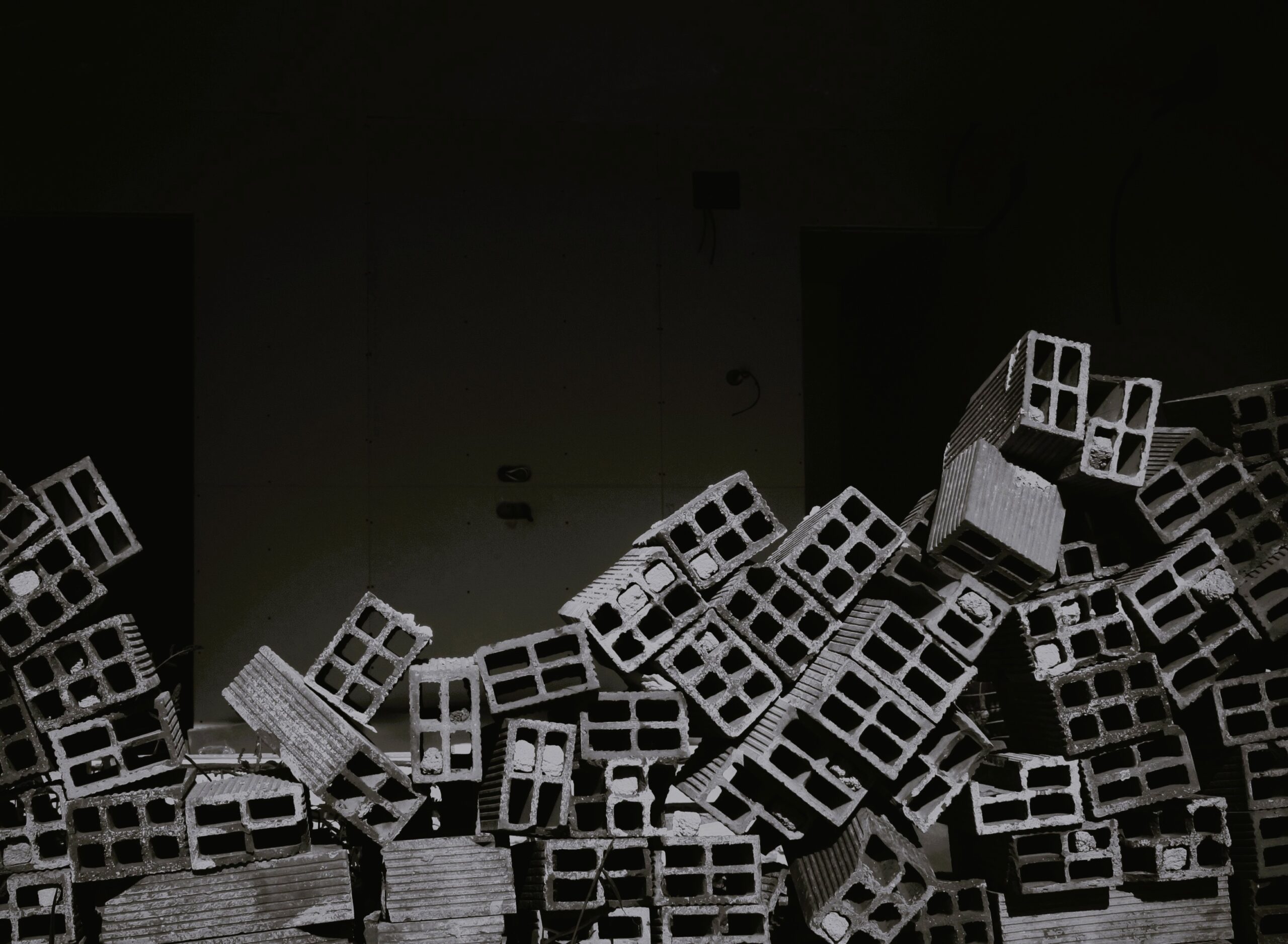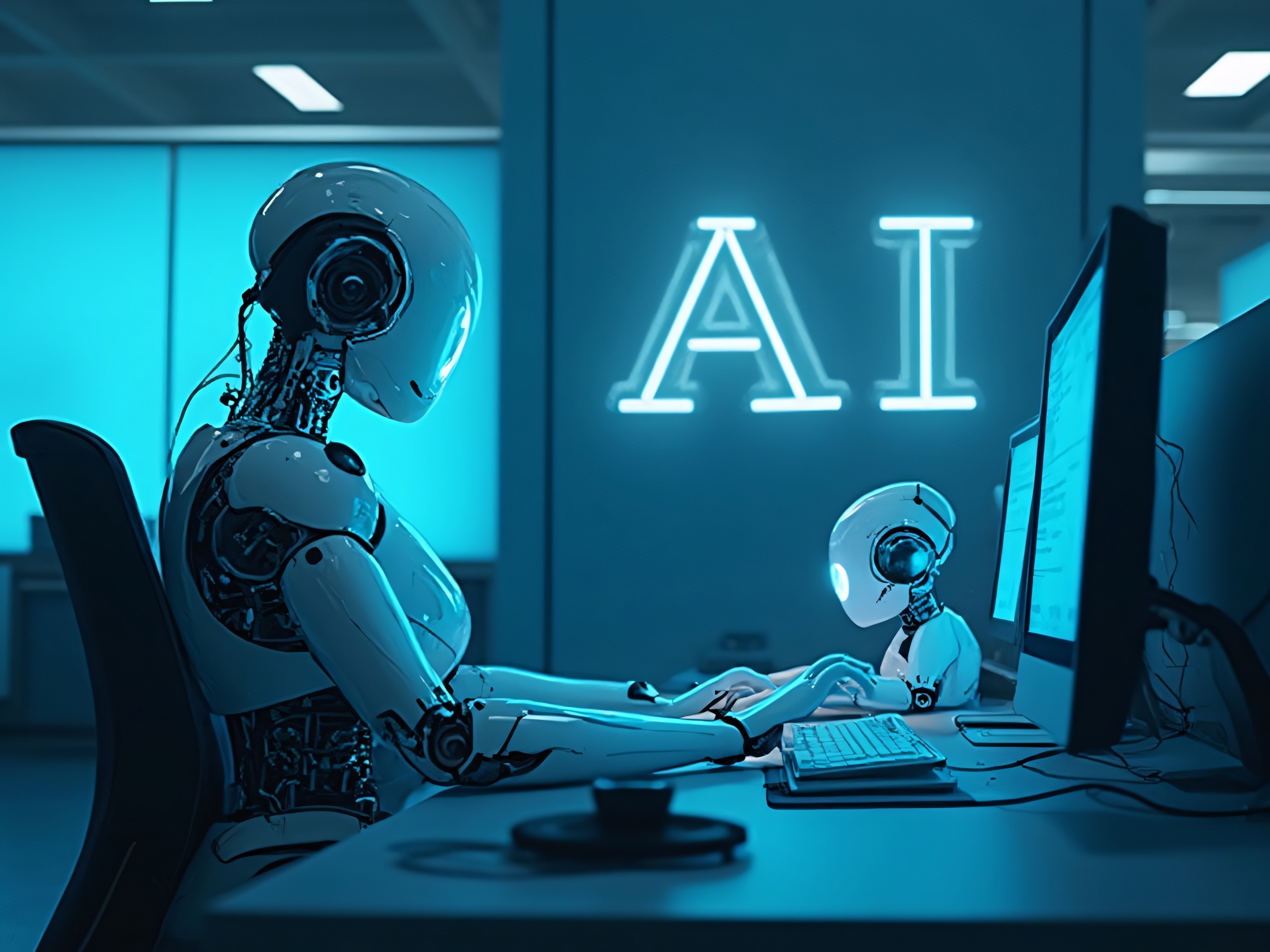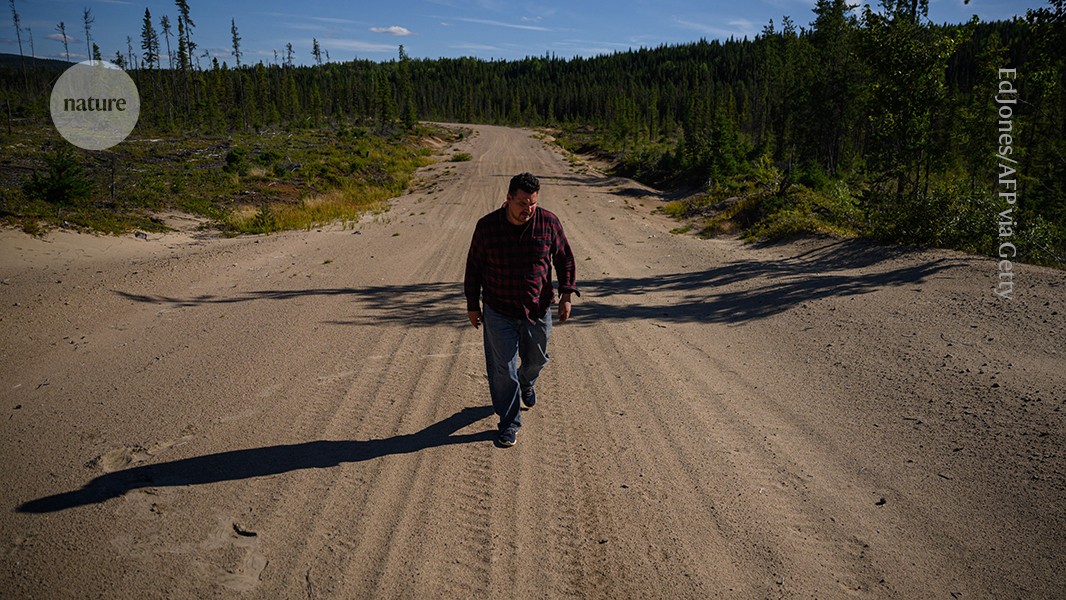
Seventh-generation server hardware at Dropbox: our most efficient and capable architecture yet
Fourteen years ago, Dropbox took its first steps toward building its own hardware infrastructure—and as our product and user base has grown, so has our infrastructure. What started with just a handful of servers has evolved into one of the largest custom-built storage systems in the world. We've scaled from a few dozen machines to tens of thousands of servers with millions of drives.
That evolution didn’t happen by accident. It took years of iteration, close collaboration with suppliers, and a product-first mindset that treated infrastructure as a strategic advantage. Now we’re excited to share what’s next: the launch of our seventh-generation hardware platform, now featuring Crush, Dexter, and Sonic for our traditional compute, database, and storage workloads, and our newest GPU tiers, Gumby and Godzilla. To make this leap possible, we dramatically increased storage bandwidth, effectively doubled our available rack power, and introduced a next-gen storage chassis designed to even further minimize vibration and heat.
This generation represents our most efficient, capable, and scalable architecture yet—and it’ll help us as we continue to build and scale helpful AI products like Dropbox Dash. Below, we’ll walk you through how we designed the latest version of our server hardware as well as key lessons we’ll carry into generations to come.















